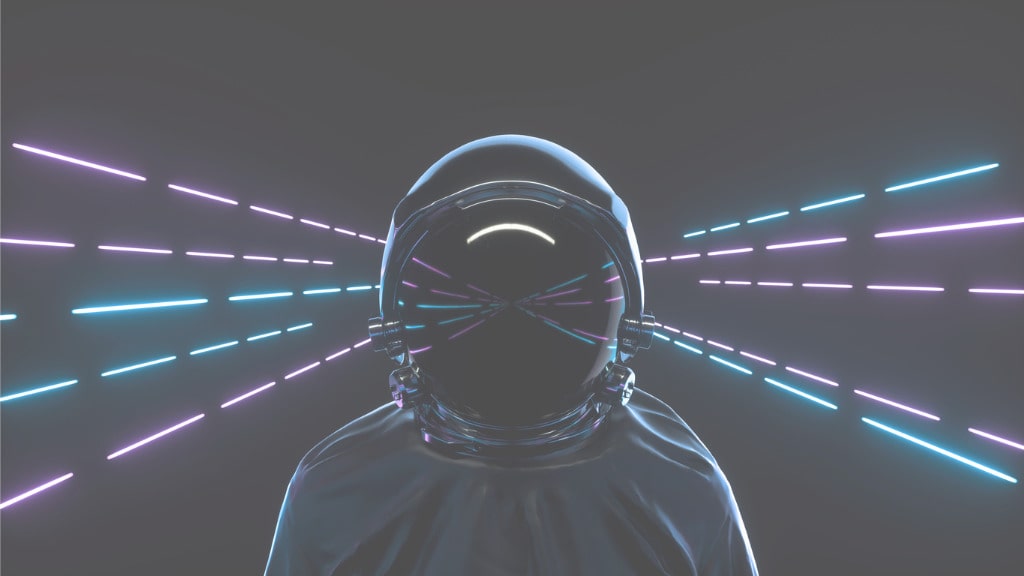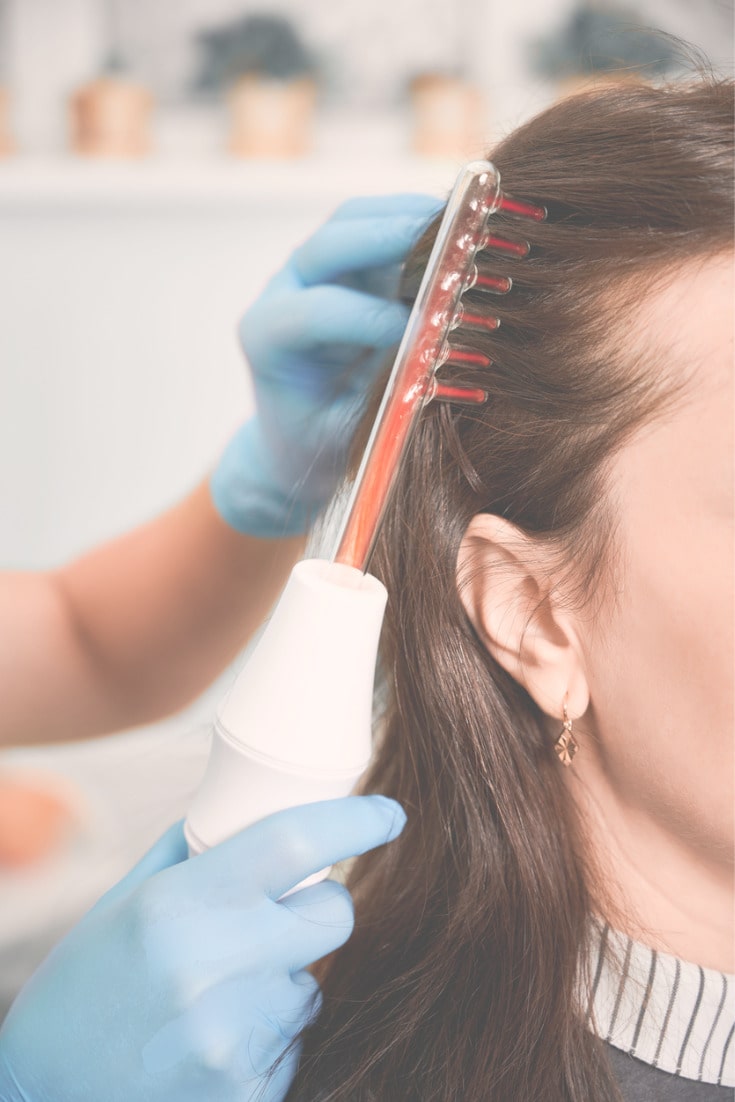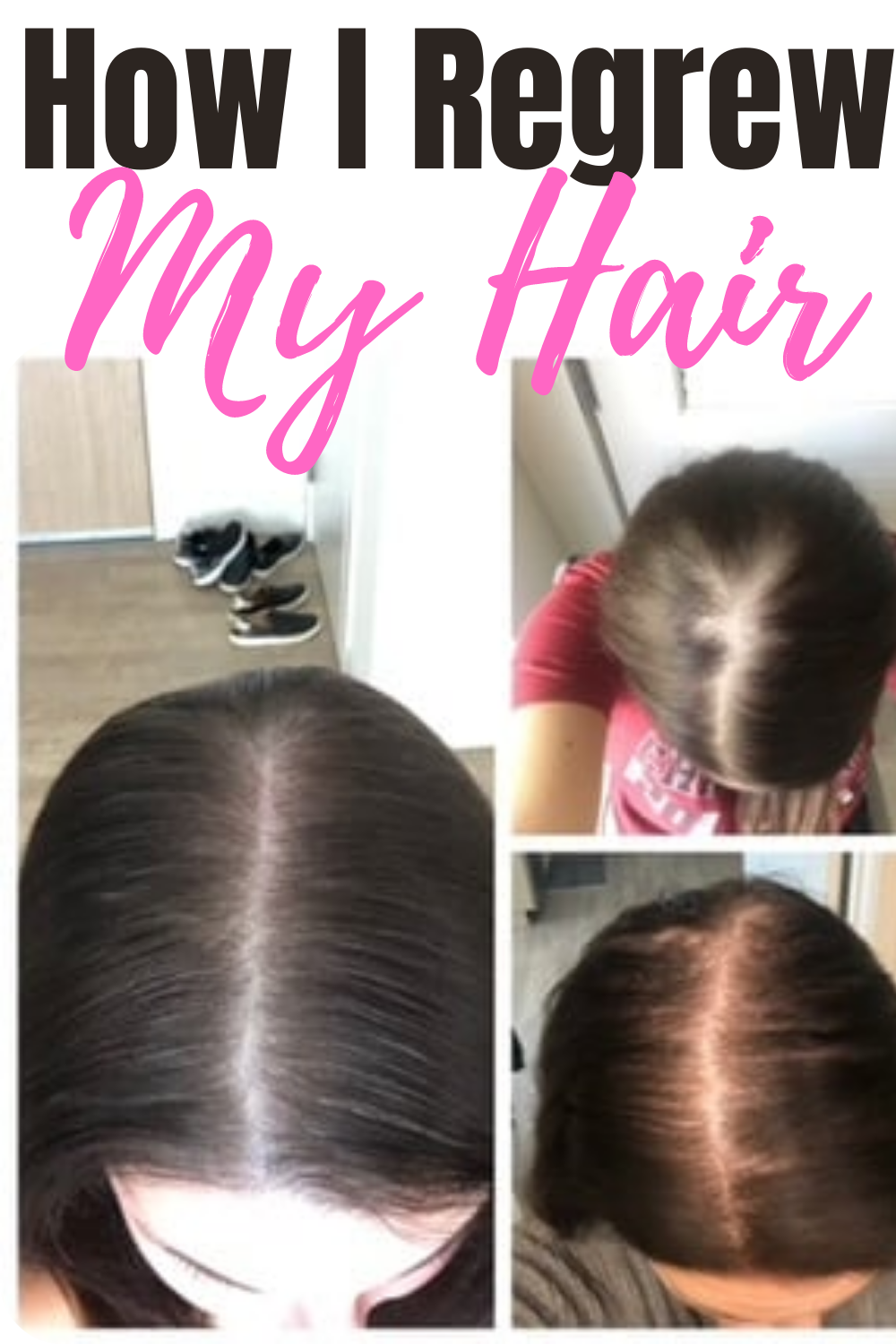This post may contain affiliate links, which means I'll receive a commission if you purchase through my link, at no extra cost to you. Please read full disclosure here.

Low level laser therapy and its effect on male and female pattern hair loss...
In this post we will take a look at some of the data from randomized clinical studies that assessed low-level laser (or light) therapy (LLLT) and evaluated its effects on hair growth.
You may have also heard of this treatment referred to as photobiomodulation or laser therapy. I will use the terms "laser therapy" or LLLT interchangeably, throughout this post.
The studies I'll be discussing utilized laser combs/brushes or laser helmets/caps.
I've used the devices linked below and later in this post I'll review them both.
But laser therapy devices aren't limited to just caps/helmets and combs/brushes. They can also be found in the form of headbands and stationary hoods (You might've seen these hoods in an office-based setting).
As of September 2020 there were 66 of these laser therapy devices registered with the FDA so there's definitely lots to choose from (1).
Beam me up Scotty!
But how is laser therapy for hair loss thought to work?
The exact mechanism of action is still unknown. But below are a few proposed mechanisms for how laser therapy may increase the number of hair follicles and hair tensile strength (the amount of stress the hair can take when being pulled before breaking):
It may improve microvascular circulation (2)
Reduce inflammation (2)
Increase cell energy (ATP) (2)
Enhanced expression of Wnt/B-catenin pathway which is involved in early growth and development for hair follicles (3)

LEDs and Lasers...Oh my...
When I first started reading about LLLT and researching about "the best laser combs and laser helmets" I was always seeing the number of lasers being emphasized in the advertisements over the number of LEDs. We'll contrast the two below but first let's take a step back...and brace yourself because I'm about to go full Star Wars:
LLLT utilizes light that's in the visible red (600-700nm) or near infrared (NIR)(700nm-1400 m) range that's produced via a laser or light-emitting diode source (LED) (4).
Lasers: cost more, produce an intense beam of light which is coherent, collimated and has a very narrow bandwidth (5).
LEDs: Cost less than lasers and do not concentrate all of their power in a coherent beam. LEDs are divergent, incoherent, and have a wider bandwidth (5).
When looking for LLLT devices like laser helmets you will encounter some that are laser only, LED only, or a mixture of both.
So what's the most effective?
In my opinion I like the idea of a more concentrated beam of light with the laser because I would think it could penetrate deeper into the hair follicle.
Please note: I have not researched human studies comparing LLLT in humans using LED only vs laser only and assessed which was more effective.
You may want to check this out for yourself especially because of the difference in cost between lasers and LEDs.
My personal preference when buying is lasers only.
Want to know exactly what I did to regrow my hair? Then check out my e-Book linked in the image above. This e-Book features exclusive content that is not found in my blog posts.
Talk data to me...
What have the studies shown?
I'm going to discuss a few randomized controlled studies and I've tried to find some that have actually been conducted in women with androgenic alopecia.
Please note that LLLT has been evaluated in other forms of hair loss such as alopecia areata and lichen planopilaris. But I'll just be focusing on androgenic alopecia for this post.
But before we jump into the studies with women we'll take a look at the study that led to the FDA clearance for the HairMax Laser Comb conducted by Leavitt and colleagues in 2009.
You can stalk the study HERE.
In the study 110 men with androgenic alopecia were randomized to treatment utilizing the HairMax Laser Comb or a sham device (control group) for 26 weeks.
They were instructed to use it 3x per week for 15 minutes. The individuals assigned to the HairMax laser comb had a significantly greater increase in terminal hair density than those in the sham device (control) group.
The HairMax Comb was well tolerated with no serious adverse events reported (6).
I've linked the HairMax Comb I've used HERE.
This next study was conducted by Friedman et al. You can stalk the study HERE.
44 women with androgenic alopecia were randomized to undergo treatment with the 650 nm Capillus Laser Therapy Cap, then known as (Handi-Dome laser device) or a sham device (control device) for 30 minutes every other day for 17 weeks.
Results showed those wearing the Capillus Cap had 51% more terminal hair count from baseline compared to the controls (sham device group).
The study found no adverse reactions or side effects reported (7).
In another study Lanzanfame et al. evaluated LLLT on 47 females who had female pattern hair loss.
You can stalk the study HERE.
The treatment group received a "TOPHAT655" unit containing 21, 5 mW diode lasers (655 ± 5 nm) and 30 LEDs (655 ± 20 nm), in a bicycle-helmet like apparatus.
The control group had a bicycle-helmet like device but it contained incandescent red lights.
Patients were treated at home every other day × 16 weeks.
Results demonstrated a 37% increase in hair growth in the treatment group compared to the control group. No adverse events or side effects were reported (8).
Some things you may want to consider when interpreting these results...
There's a lack of a standard protocol out there (You could see the treatment period differed across the different devices)
These are small studies
Some of the studies are using laser only devices, some are using lasers and LEDs etc.
When looking at company sponsored posts be aware of potential bias of results
My experience with the HairMax Laser Hair Growth Comb Ultima 12 (FDA Cleared)...
The HairMax laser comb was my first LLLT purchase.
For work I travel pretty often (pre-Covid) and so I liked the idea of the comb because I could pack it easily in my suitcase. Whereas something like a helmet or cap would take up way too much space.
Another benefit in my opinion of using something like a comb or brush is that they can part the hair and this might allow for better penetration of the light to the hair follicle.
You may not get that same penetration with something like a cap/helmet type device.
The downside for me with using this laser comb device was yes it parts my hair... that's awesome...But I had to hold the comb to my scalp and then move it manually whenever the device beeps and vibrates for a total of 8 minutes.
This seemed like no big deal at first but keep in mind you use this device every other day...By the end of the first month I was really struggling to stick with this treatment regimen. I really wasn't a fan of holding this comb against my scalp for that long.
If you like the idea of the teeth parting the hair then keep in mind the HairMax Laser Hair Growth Band linked below also parts the hair.
I have not used the below device but reading the product description it says it can be used for as little as 90 seconds, 3 days a week. This device is FDA-cleared with 82 medical-grade lasers and no LEDs.
My current treatment regimen is using the Illumiflow laser cap 3x per week for 30 minutes. I'm able to stick to this routine pretty consistently.
The reason I went with this device was the cost, and the number of lasers.
I haven't used the comb in a few years because I haven't really traveled anywhere but I do intend on packing it if I were to travel some place.
I've had this device for about 10 months now and what I like about it the most is...If you haven't guessed already...This device is hands-free, baby!
I just pop this thing on while I'm cooking dinner and put the battery pack in my pocket. Or I put it on when I'm just sitting and watching some Netflix.
I've noticed sometimes while I'm using this device my head may feel a little warm but that doesn't really bother me.
But...The port for the charger broke on my Illumiflow cap about 7 months after purchasing. I reached out to customer service with an email and got a response back that same day. They shipped me a new charger the next day and I was back to using it regularly. So a pro for me with this device has been the customer service.
It's not the most comfortable device to wear. The cap is a hard shell and not flexible but I chose this because in my mind I thought a hard-shell cap would protect the lasers better from damage? Who knows if this is accurate but this was my thinking at the time of my purchase.
If you are interested in a more flexible cap with a shorter treatment duration (6 minutes) I would suggest something like the Capillus Pro linked below.
My perspective on LLLT...
For some reviews I noticed some people claimed they made significant progress with their laser caps.
For me I can say I have definitely seen some hair gains in the past year. But it’s difficult for me to say what those gains are from specifically or to isolate it to just one treatment because I tackle my hair loss from androgenic alopecia using multiple treatment modalities.
For example...I’m using scalp massage, platelet rich plasma (PRP) treatments, ketoconazole shampoo, minoxidil, microneedling etc.
Based on the studies I've read I view LLLT to be safe and effective. It’s a treatment with low side effects and for that reason I think it’s great to use.
It may also provide a synergistic effect when combined with other hair loss treatment regimens. For example: One study in 45 women compared LLLT with a laser-LED helmet versus minoxidil 5% versus a combination of the two and found the greatest improvement among those women who used the combination (9).
But what about if you’re on a budget? Would you want to spend hundreds of dollars for this kind of therapy? I think other treatments might be more efficacious to go with but if you can afford it I’d say why not see how it works for you?
References:
1) U.S. Food & Drug Administration. 510(k) Premarket Notification. https://www.accessdata.fda.gov/scripts/cdrh/cfdocs/cfPMN/pmn.cfm. Accessed September 23, 2020.
2) Waiz M, Saleh AZ, Hayani R, Jubory SO. Use of the pulsed infrared diode laser (904 nm) in the treatment of alopecia areata. J Cosmet Laser Ther. 2006 Apr;8(1):27-30. doi: 10.1080/14764170600607368. PMID: 16581682.
3) Han L, Liu B, Chen X, Chen H, Deng W, Yang C, Ji B, Wan M. Activation of Wnt/β-catenin signaling is involved in hair growth-promoting effect of 655-nm red light and LED in in vitro culture model. Lasers Med Sci. 2018 Apr;33(3):637-645. doi: 10.1007/s10103-018-2455-3. Epub 2018 Feb 21. PMID: 29468283.
4) Katzer T, Leite Junior A, Beck R, da Silva C. Physiopathology and current treatments of androgenetic alopecia: Going beyond androgens and anti-androgens. Dermatol Ther. 2019 Sep;32(5):e13059. doi: 10.1111/dth.13059. Epub 2019 Aug 26. PMID: 31400254.
5) Torres AE, Lim HW. Photobiomodulation for the management of hair loss. Photodermatol Photoimmunol Photomed. 2021 Mar;37(2):91-98. doi: 10.1111/phpp.12649. Epub 2021 Jan 13. PMID: 33377535.
6) Leavitt M, Charles G, Heyman E, Michaels D. HairMax LaserComb laser phototherapy device in the treatment of male androgenetic alopecia: A randomized, double-blind, sham device-controlled, multicentre trial. Clin Drug Investig. 2009;29(5):283-92. doi: 10.2165/00044011-200929050-00001. PMID: 19366270.
7) Friedman S, Schnoor P. Novel Approach to Treating Androgenetic Alopecia in Females With Photobiomodulation (Low-Level Laser Therapy). Dermatol Surg. 2017 Jun;43(6):856-867. doi: 10.1097/DSS.0000000000001114. PMID: 28328705.
8) Lanzafame RJ, Blanche RR, Chiacchierini RP, Kazmirek ER, Sklar JA. The growth of human scalp hair in females using visible red light laser and LED sources. Lasers Surg Med. 2014 Oct;46(8):601-7. doi: 10.1002/lsm.22277. Epub 2014 Aug 13. PMID: 25124964; PMCID: PMC4265291.
9) Esmat SM, Hegazy RA, Gawdat HI, Abdel Hay RM, Allam RS, El Naggar R, Moneib H. Low level light-minoxidil 5% combination versus either therapeutic modality alone in management of female patterned hair loss: A randomized controlled study. Lasers Surg Med. 2017 Nov;49(9):835-843. doi: 10.1002/lsm.22684. Epub 2017 May 10. PMID: 28489273.





Leave a Reply